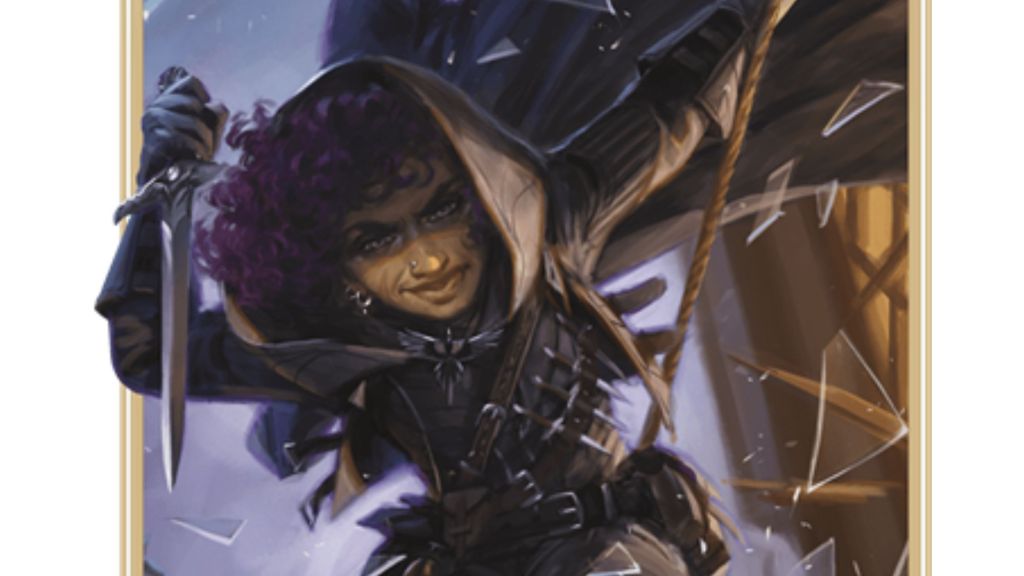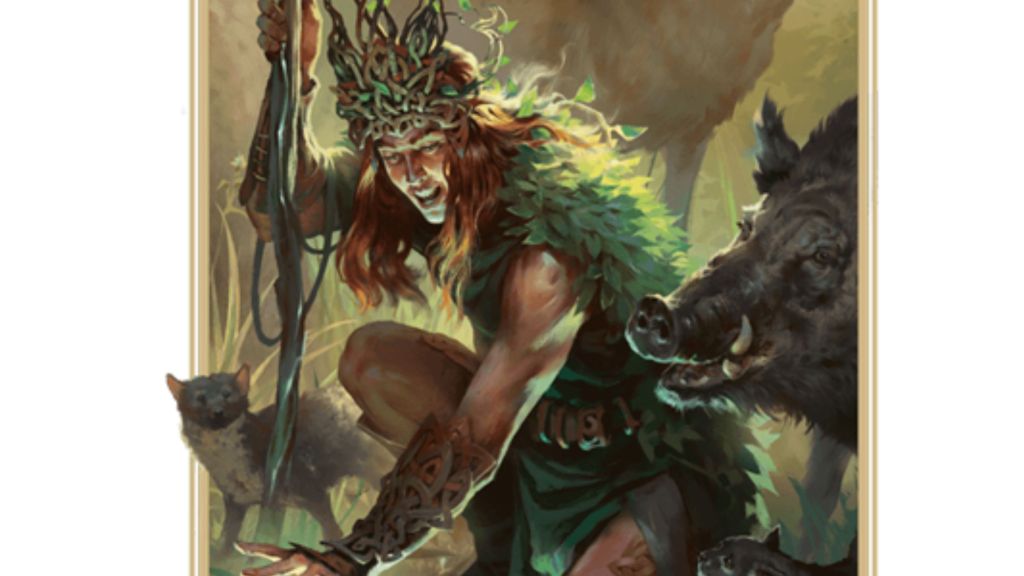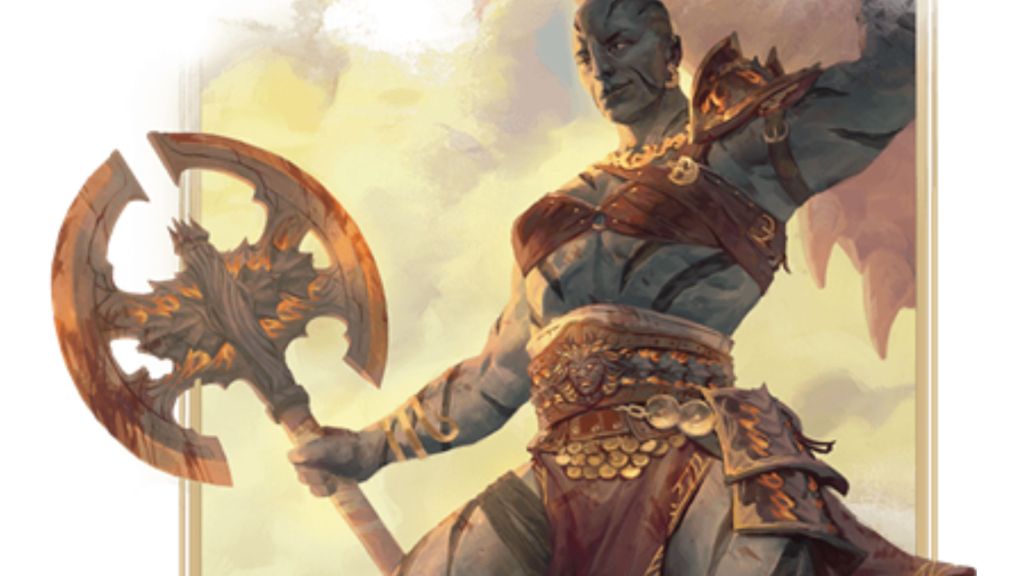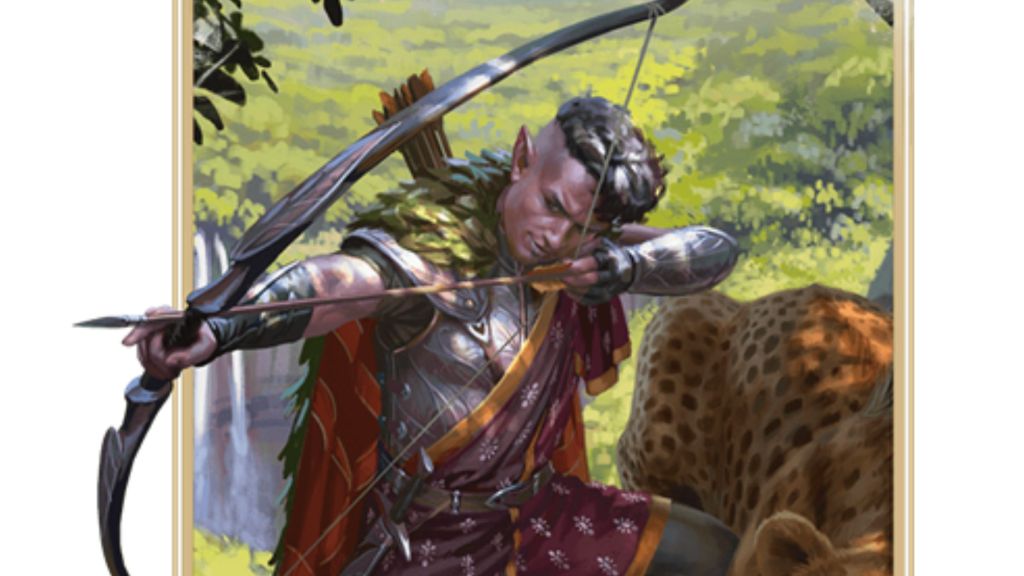Dungeons & Dragons is a ton of fun, but it’s also got a lot of rules to learn and remember. Though its core rulebook isn’t quite Pathfinder levels of chunky, it can still be intimidating to new players. But, along with picking the right adventure for a brand-new group, choosing a class that’s friendly can go a long way for D&D newbies. Of course, new players can try any class they like. But they’re certainly not all as easy to learn.
Videos by ComicBook.com
I still remember my first campaign, and how the only other new player at the table decided to be a Wizard. Boy, was that a struggle. Each session began with him trying to wrap his head around prepping his spells. Since then, I’ve thought a lot about which classes lend themselves best to new D&D players and which might be better saved for seasoned adventurers. Now, I’m here to pass on that knowledge to new players or DMs introducing fresh PCs to the table.
5. Rogue

Playing a Rogue well can definitely be tricky, but it’s got that “level all the way up in Sneak” Skryim vibe that many tabletop newbies will enjoy. For the player who’s ready to deceive foes (and, perhaps friends), this class offers a good balance of straightforward early-level combat and interesting playstyle.
At earlier levels, Rogues can be pretty straightforward to play, especially if you opt for a ranged weapon over attempting melee. Remembering to apply Sneak Attack damage can be a challenge, but it’s a good way for newer D&D players to get used to balancing feats and abilities while playing. As you level up, you get new abilities, making this a more versatile beginner’s option for an ambitious newcomer who will get bored if things stay too similar as they learn the ropes.
Druid

Yes, I know I said that keeping track of a spell list can be tough for a beginner. But hear me out on this one. Druid was the first class I ever played, and it’s one of the reasons I fell in love with D&D. For the player who absolutely must have magic, this is the ideal beginner caster class.
The Druid is a prepared spell caster, which means you do need to think about which spells you want at the start of an in-game day. Even so, I think it’s one of the easier caster options to master. The spell list has a solid offering of area of effect and healing spells, making it easy to adapt to any playstyle. And thanks to Wild Shape, getting into melee when you want is an option, too. The flexibility and creativity this class offers are ideal for new D&D players who will get bored if they can’t do something other than roll to attack during every combat round.
Barbarian

It’s easy to think a Fighter would be the go-to move for a new player. But Fighters can feel a bit boring to play until you get to higher levels, so my preference for a new player interested in a melee playstyle is the Barbarian class.
This class offers plenty of opportunities for D&D beginners who are in it for the hack-and-slash combat style. But thanks to the Rage mechanic, it’s got a bit more flavor right from first level. Checking on those Rage rules will help new players get used to consulting their character sheet without demanding a long list of memorized spells.
Ranger

I’ll admit it, I kind of mentally eschewed the Ranger class when I started D&D, thinking of it as a sort of “Druid-lite.” But don’t sleep on this class for new D&D players, as it allows for versatile playstyles for those not quite sure what their go-to will be.
The Ranger is a half-caster kind of class, offering both combat abilities like Hunter’s Mark and a small but helpful list of available spells. In that way, it lets new players feel out both ways of engaging in combat and in story situations, perfect for deciding what playstyle is the best fit. It does require a bit of balance to remember to cast that Hunter’s Mark and consult the spell list, but it’s well balanced compared to more intricate (and squishy) full casters.
Monk

First and foremost, playing as a monk with the right subclass will let you essentially become the Avatar from Avatar: The Last Airbender. If that’s not enough to hook a new D&D player, I don’t know what is. But also, this martial class is a nice balance of melee combat and spell-like Ki abilities.
Playing a monk in D&D lets you learn how to make the most of melee combat, but with a little extra flair. Ki points and abilities aren’t quite as tricky to remember as prepared spells, but still help you get used to tracking points and consulting the character sheet. For those who want extra flavor from their character, the monk subclass options can let your Ki abilities feel a little more magical if you prefer. This is another solid class for new players who aren’t sure whether they want a caster or melee focus, as it offers the best of both worlds in many ways.








